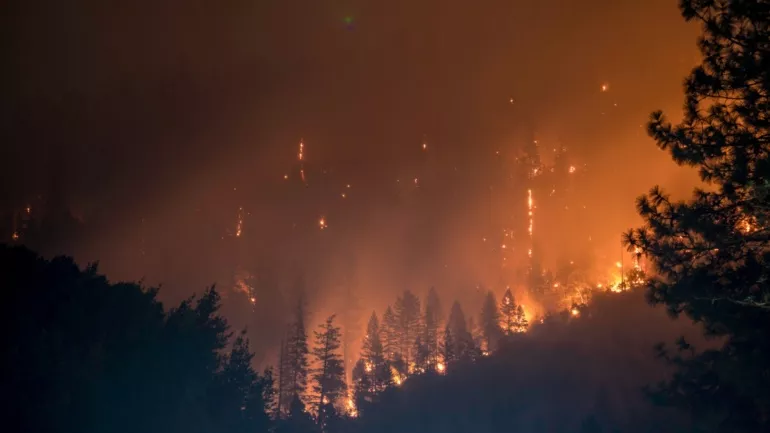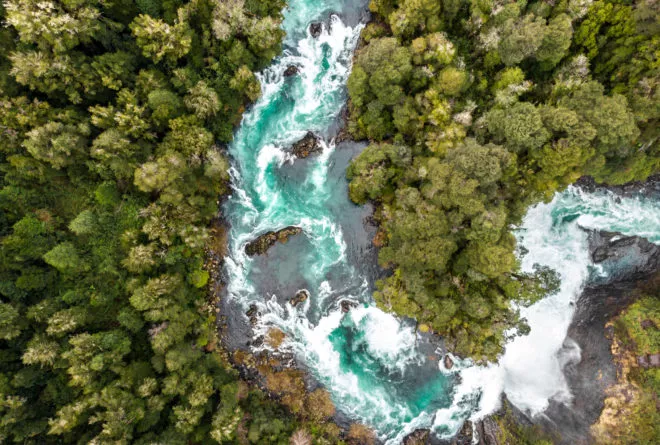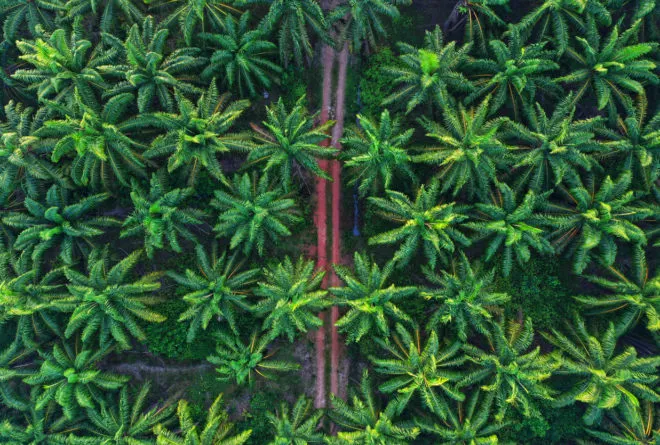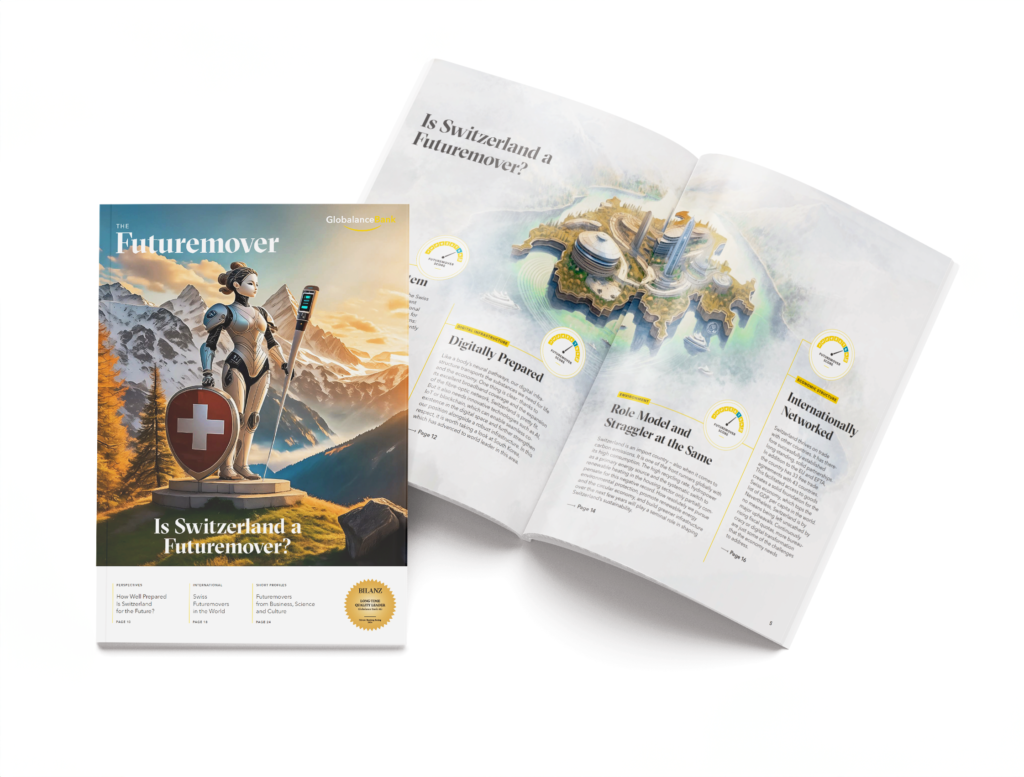News & Trends
Is climate change more risky socially or as a natural disaster?

Climate change leads to an increase in frequency and intensity of disasters, such as forest fires, floods, or cyclones. Cristine Eriksen and David Bresch are two ETH researchers who study disasters from different angles: While Eriksen focuses on social aspects of disasters, Bresch’s team develops weather and climate models. Still, they agree that the social dimension is more relevant for the scale of disasters than the natural hazard itself.
«The biggest risk factor for disasters is social development.»
David Bresch, Professor For Weather and climate risk, ETH ZUrich
What is it about
Christine Eriksen is a human geographer at the Center for Security Studies at ETH Zurich. Before starting her work at ETH, she worked in Australia for 13 years and personally witnessed how wildfires were becoming more common. “When I began my research in the 2000s, Australia could typically expect a major fire once every 5 to 10 years. Now they’re happening once every 2 to 3 years”, says Eriksen.
More relevant, however, than the increased risks due to climate change, are social and cultural processes. Eriksen’s research in Australia and California showed that more people were moving away from the cities in search of affordable housing, and better work-life balance. This expansion of urban areas closer to forests, increases the social risks that wildfires pose. For that reason, Erikson insists, that disasters aren’t “natural” – it’s the social and cultural dimension that turns a natural event, like a forest fire, into a disaster.
David Bresch leads a group on weather and climate risk at ETH Zurich and developed an event-based modelling platform, called CLIMADA, that is designed to calculate the socio-economic impact of weather and climate events. CLIMADA is an open-source software that can be used by local authorities anywhere to assess weather risks for their region. Bresch works in close cooperation with authorities in high-risk areas, for example the Vietnamese city of Hue, which is highly exposed to tropical cyclones. His team provides the authorities with highly practical warnings: Instead of wind speeds, they outline potential impact of upcoming cyclones and give specific advice on where evacuation should take place and how large the covered area should be. Despite Bresch’s distinct approach to the topic, he agrees with Eriksen’s assessment: He sees social development as the biggest risk factor for disasters. An increase in construction in particular areas, he explains, is much more likely to raise the risk of catastrophic flooding than extreme weather itself.
Why is this important
According to the UN Department of Economic and Social Affairs (DESA) approximately one third of the world’s urban population is living in a city with high risk of natural disaster. Disasters affect the poor disproportionately and further increase inequalities, because of the poor’s greater vulnerability and the lower ability to cope with and recover form disaster impact. Eriksen studied the social impacts of Hurricane Katrina, which struck New Orleans in 2005. She found that poorer households were less likely to evacuate due to less access to private and public transport and were more likely to live in highly exposed low-lying areas that suffered most after the flood defenses failed. “Class, ethnicity, gender, sexual orientation, disabilities, education and religion were all key factors in determining how vulnerable people were to Katrina’s effects”, says Eriksen. On a global scale climate change further exacerbates this issue: While countries with high GDP are the main contributors to global warming, countries with lower GDP are disproportionately affected by its negative consequences, including natural disasters.
The Globalance view
With the upcoming increase in natural disasters due to climate change, global support for the most exposed and vulnerable people is needed. Another means of reducing the risks for the most vulnerable is the access to insurance. A possibility for investors to contribute to the increase in insurance penetration are Catastrophe Bonds, in short Cat Bonds. Cat Bonds are designed to provide protection for insurance companies in the case of natural disasters, such as hurricanes, floods, or earthquakes. Without them insurance companies would not be able to stem the risk related to insuring high risk areas – especially if one company insures big parts of a neighborhood. Today, the Cat Bond market has a strong focus on the United States. Expansion to poorer countries is desirable to improve access to insurance there as well.
For more insights into the future of housing and sustainable living, subscribe to the Futuremover magazine for free. Discover innovative ideas and strategies that will help us shape a sustainable future and overcome the challenges of climate change.



